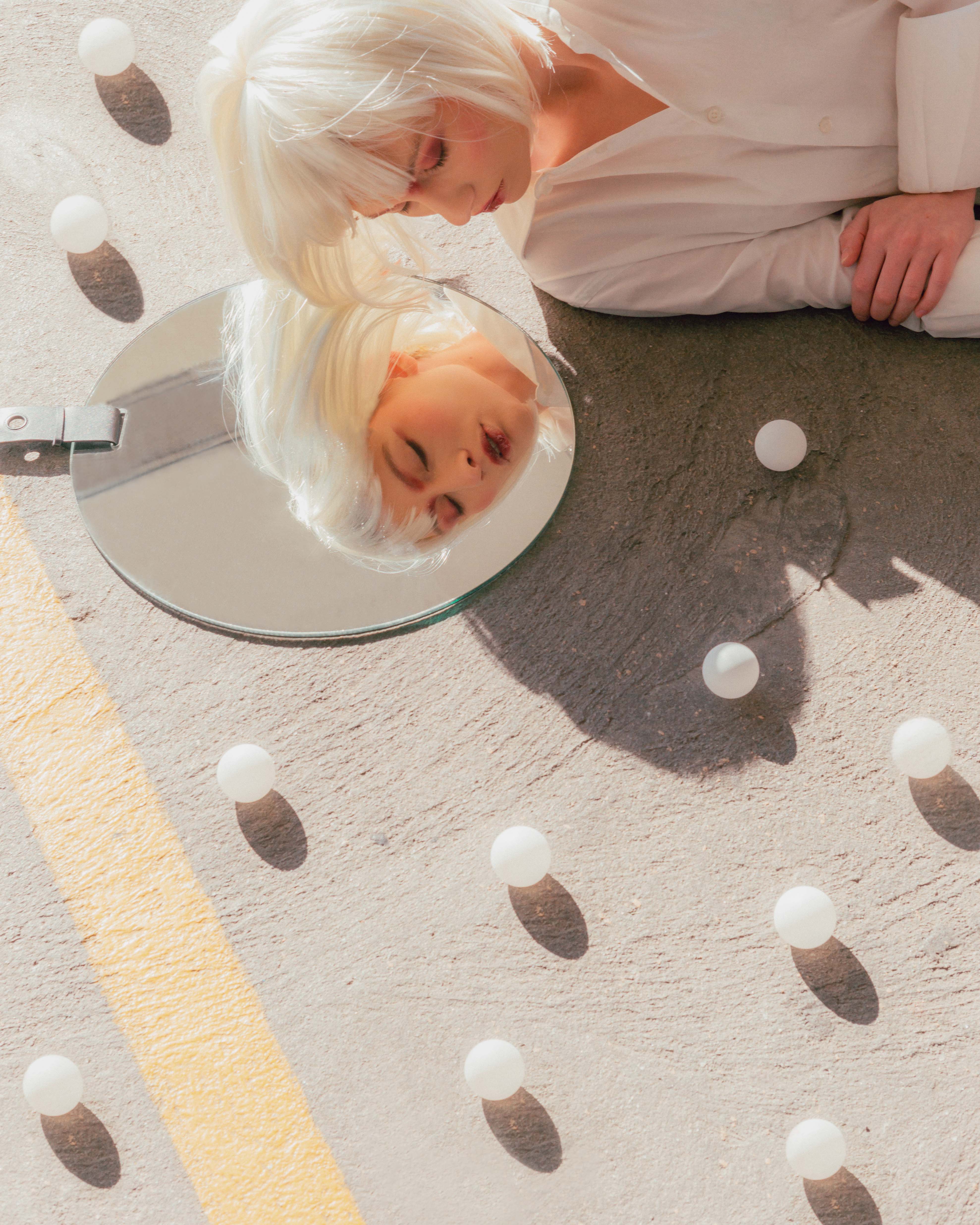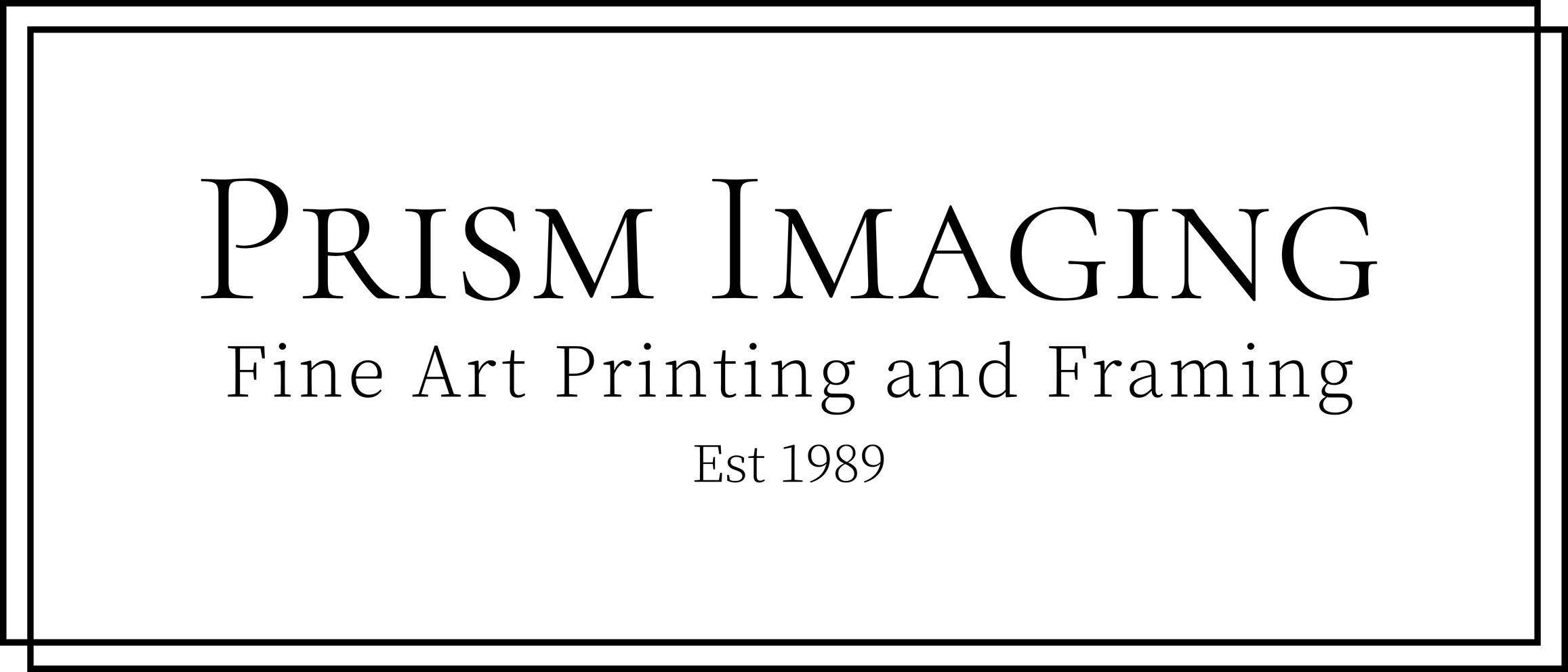Junhan Foong
Prism Imaging are proud to present Junhan Foong.
Junhan is a multi-talented artist spanning across a broad range of fields; architecture, graphic design, animation, film and also photography. He was a finalist for the 2017 The Eyeem Photography Festival & Awards for his street photography and travel photography earning him a spot as a Top 10 finalist by Capture Magazine in Australia’s Top Emerging Photographers Contest in 2017. Although Junhan works across different mediums he states his interests lie in documenting and understanding the human condition. In this feature we have more specifically focused on Junhan’s nostalgic, moody beautiful photography and his process. Enjoy!

Can you tell us a bit about yourself and your creative journey?
Hi, and thanks for giving me this opportunity to take part in your Q&A. My name is Junhan I am currently working within the Architecture industry in Melbourne Australia. I was born in Malaysia and grew up a “third-culture kid” in Dubai (United Arab Emirates) before moving here to Melbourne so my upbringing and life journey has been a very diverse experience so far. I think my upbringing indirectly had a lot of influence on my approach to photography and I am slowly starting to realise that as I start to explore more mediums and genres within photography.
Without sounding too convoluted, when I think back on my childhood growing up in the Middle East, being an Expatriate child growing up in a country which (legally speaking) never considers you “one of their own” was quite confusing. On one hand, I had grown up most of my life in the Middle East. I did all my schooling years there and I made most of my life-long friends there. On the other hand, The UAE is a country which unfortunately always considers foreigners as just that; and it didn’t help that growing up away from my country of birth meant that I never had that sense of attachment to Malaysia despite (still) being a citizen of the country. In other words, I think subconsciously I have always been wandering and yearning for a sense of “home”, and thus I think sometimes you get hints of that yearning and nostalgia in my photography.
As far as my photography journey is concerned, I felt I needed a medium which helped express myself during my time in Architecture School. As anyone who has ever been in any design-related field would know, it is extremely competitive, stressful and time consuming. When I first started I felt I needed an outlet and a way to express myself; I picked up and studied street photography intensely – not only did it encourage me to go out, but I felt that photographing and trying to ‘understand’ strangers helped me better understand myself. I still love and shoot street photography a lot, but I shoot it less while in Melbourne. I have since explored other genres to challenge myself and expand my repertoire.
You have multiple creative interests outside of photography; architecture, graphic design and film making. How does your background in architecture, design and film making influence the way your mind composes photographs?
My background in Architecture and Design meant that there has always been an emphasis on the importance of understanding the needs of people. Similarly, as mentioned previously I felt that searching for photos on the street helped me understand myself and others and it is a really good way to put yourself outside your comfort zone and help lose your fear of photographing other people. Through continuous practice and improvement in different techniques I slowly tweaked and found a happy medium in my photography – where I am able to not only photograph strangers and random events in everyday life, but find a way to capture pure human emotion in a split-second candid moment.

What kind of impact do you hope to have with your images?
I feel that what I photograph and put out there for people to see are representative of small fragments of thoughts or moments, which were significant to me in a particular time and space. Some photos may be more significant than others, but the true meaning behind them will always be known only to myself. Whether it is street photography or portraiture (which I am experimenting with more lately), the ideas and emotions which drive them range from something deeper or sometimes a lighthearted thought I once had.
Your portraiture work is styled, considered and nostalgic. How much preparation goes into a shoot? Do you know what you want to say before you take a picture? Can you take us through your process?
I slowly dabbled in portraiture after feeling increasingly uninspired by my own photography, a process which still happens today. I felt that my photography had reached a ceiling and I felt trapped and increasingly frustrated, I was unable to find ways to express myself visually. At the same time, I felt that I wanted to experiment within a genre, which allowed me more control from start-to-finish, a process which I found interesting due to the time as portraiture is arguably more ‘intentional’, than ‘reactionary’ (which is what I felt street photography was). I also found the challenge of collaborating with others extremely alluring – for someone who was so comfortable photographing close-up photos of people on the street (whether a candid photograph or asking for a street portrait), I still giggle at how nervous I was at the first time I asked someone to collaborate on a portrait shoot with me.
Now that I’ve had much more experience, it is funny to look at it in retrospect and I feel that I am improving with every shoot, which is conceptualised. While I have many different interests, I feel that I have found the most traction coming up with conceptual shoots. In the infancy of my portraiture days I had always wanted to photograph people with unique looks or who encapsulated a certain feeling I wanted to portray. But as you gain more experience you quickly learn that being complacent (in anything) is detrimental to personal growth and progress.
As my ideas started to get bigger, the requirement for a larger and more specialised team grew – it wasn’t until a few months ago where I finally had enough and started to style my own shoots, whereas previously I had always believed that I needed a dedicated stylist, art director, etc. Since then as far as my process goes, no matter how big the idea is I have always kept my process simple – all the preparation and footwork is done in the pre-production phase; conceptualising, planning and preparing props, clothes, all the small details, etc. Meanwhile I already have people in mind who fit the concept, and I will contact several people who will suit for casting. The rest really is just making a shot list and showing up on the day of the shoot and making sure you are as efficient on the day of shooting as possible.

At times your work has a Ren Hang feel when sensual elements are present. Who inspires you and what influences your work?
I am actually surprised by the Ren Hang comparisons as it never occurred to me that my work had elements which were similar to his but perhaps as I am starting to slowly explore the quirkiness and oddities of life, and trying to document it through photography that does make sense. While I do love Ren Hang’s work, most of my inspiration comes from street photographers such as Saul Leiter, Alex Webb and contemporary photographers such as Gregory Crewdson, Nadav Kander and Alex Prager. I also look at a lot of still life and fashion photography so I don’t fall into certain biases when I start to conceptualise a shoot.
You also shoot landscape and street, what catches your eye and moves you to hit the shutter button when out and about?
I am usually drawn to a particular moment which I often anticipate a few paces away. Then it is really all a matter of combining that with decent lighting (or shadow) to create a unique photograph which will never happen again.

Your portraits, street and landscape photography show your interest in documenting and understanding the human condition. What drives this interest? What have you learnt about the human condition so far?
Ultimately, I am interested in using my photographs to help document my understanding of humans in general, and by extension, myself. With street photography it is understanding humans within the present context, and with my portraiture and collaborative work it is about documenting our interaction in a specific space and time and creating something beautiful from it.
Shooting in both digital and film, when do you choose to engage with film photography? What do you love about it?
I love film for the nostalgia – the emotion, the imperfection of the medium. I love the history and stories behind the cameras and tools used from past eras. On the photographic side, I love the challenges it places on creating a photograph, knowing that I have very limited opportunities to perfect a photo versus the modern conveniences of today’s digital medium.

And on the flip side, when do you engage with digital photography? What do you like about digital?
On the flip side, I will also add that I do not believe in the “film vs. digital” debate – I don’t necessarily think one is better than the other, and ultimately I just choose which medium or tool I want to go with depending on the nature of the shoot and what I feel like that day.
Last but not least describe your favourite image you have taken and why?
I don’t necessarily have a favourite image but I have a moment photographed which was one of the most memorable to date – a photograph of an old high-school friend on top of an abandoned Ilyushin IL-76 Russian cargo plane in Umm Al Quwain (UAE). Quick story, I met up with this friend after 8 years of not seeing each other after graduating from high school, and we spent the day exploring this area and catching up; the photo was just a nice ‘post-card moment’ of that time – not to mention not only were we lucky with the intense pink and purple light, but I got extremely lucky with the birds flying as well!

See more of Junhan’s work on his Instagram.
Credits
Intro and Questions by Stella Nguyen
Edited by Georgia Quinn

